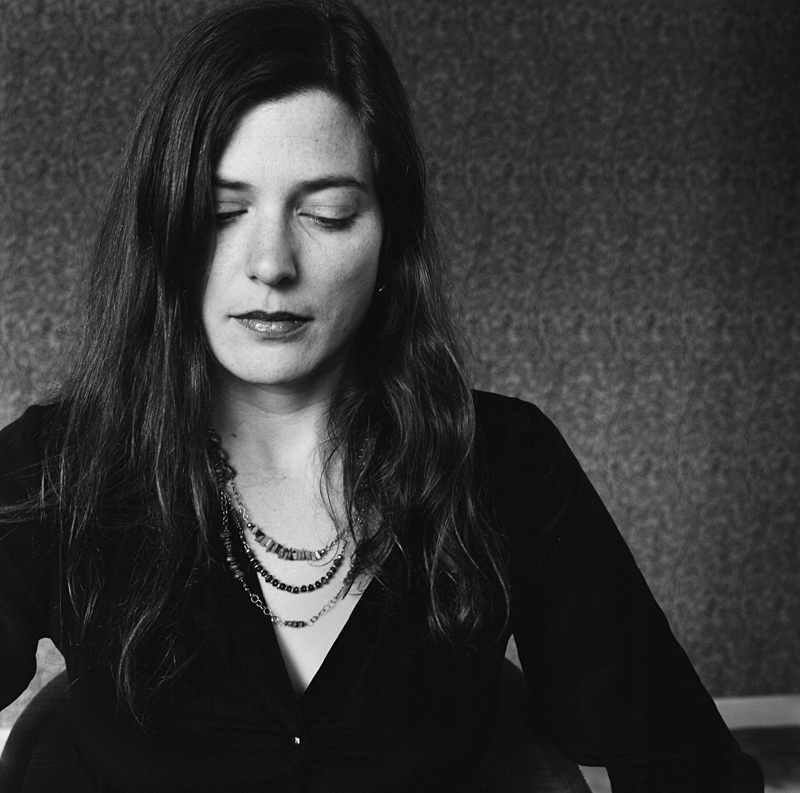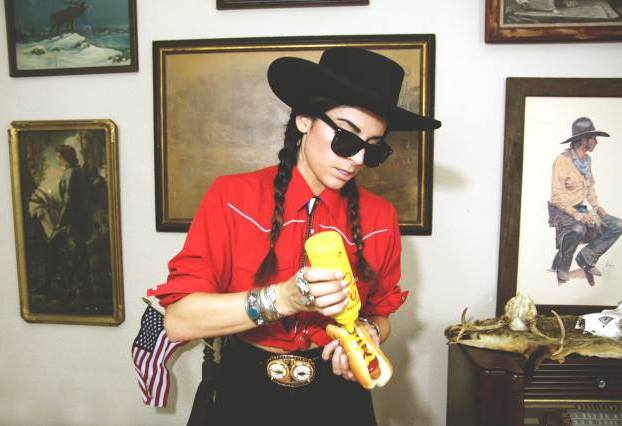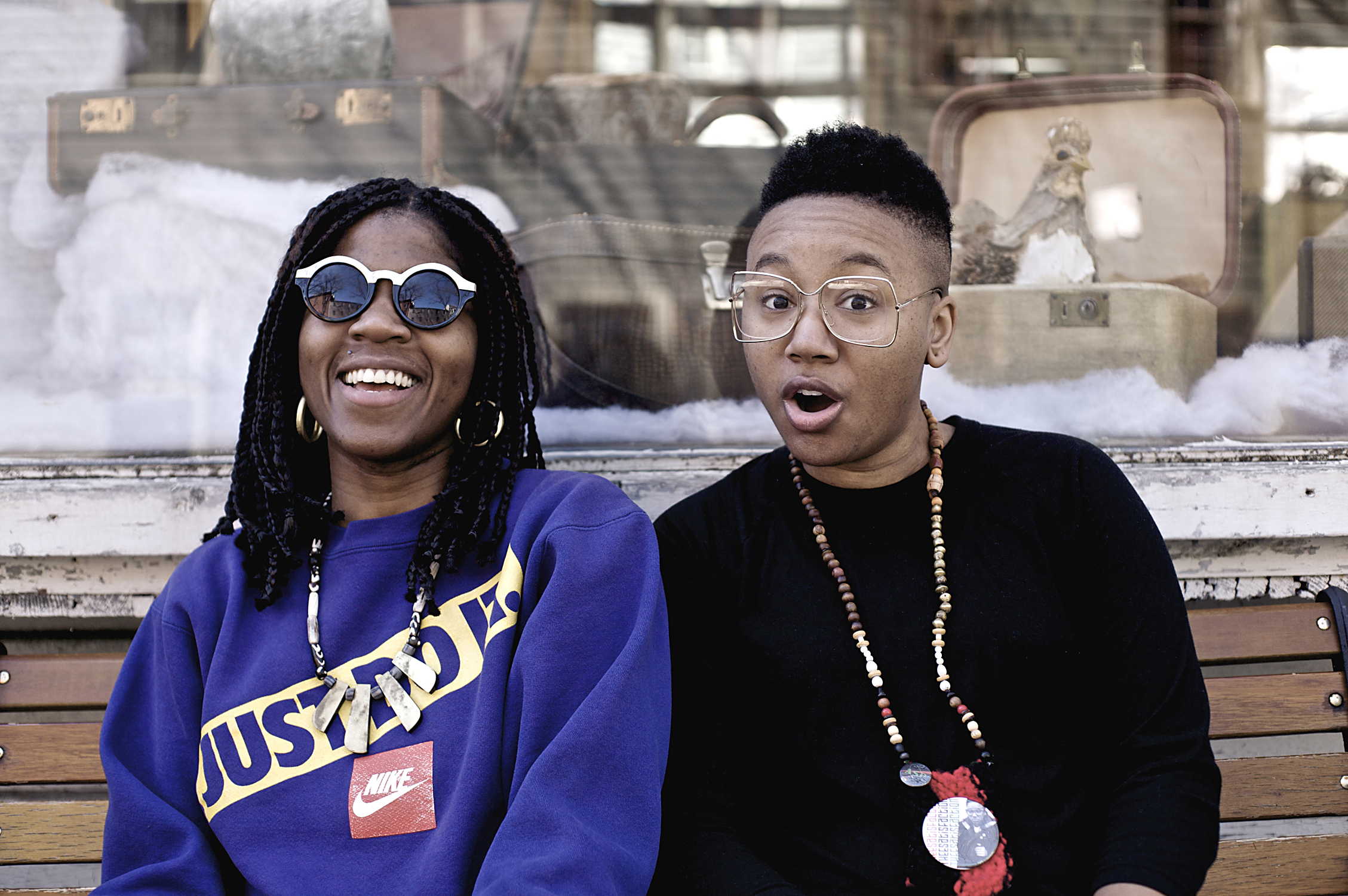When Shannon Stephens turned 35, she stopped giving a shit what people thought of her. She stopped caring if her weeds were overgrown. And she decided to start writing music for the first time in eight years.
The process was twofold: First she released 2009’s The Breadwinner, an acoustic-folk record born of her transitional years as a parent and the follow-up to her 2000 self-titled debut. Her second move: The album she’ll release next Tuesday, Pull It Together, is the best she’s made in more than two decades in the business.
During the mid-’90s, Stephens, a lanky brunette with clean and lilting pipes, fronted Marzuki alongside Sufjan Stevens, who’s since become an indie-rock darling. “I met Sufjan at a concert,” she remembers. “Afterwards we sat across from each other at Denny’s, and he found out I played electric guitar.”
The band performed and toured together for five years, “but we never really took off. We played a lot of shows in New York, but it was hard to get people out to a show. I didn’t have enough perspective to really enjoy the city.”
But the partnership had other benefits, most notably her relationship since 2000 with Stevens’ label, Asthmatic Kitty, whose roster includes My Brightest Diamond and Liz Janes, both strong influences. When Will Oldham, aka Bonnie ‘Prince’ Billy, heard that release and discovered Stephens’ “I’ll Be Glad,” he worked a cover into his live sets and included it on his 2008 album Lie Down in the Light. “We were actually supposed to meet up before a Seattle show he was having,” she says, “but I was in the midst of my music burnout and didn’t show.”
Stephens moved to Seattle after Marzuki disbanded, and met her future husband Seth Otto. They settled down, started Otto Garden Care, and welcomed the birth of their daughter, Ruby. Songwriting time began to slip away. The demands of running a household and a business and promoting herself as an artist were huge, and she began to struggle with loneliness and depression. “It took me seven years to realize that I have to do music to be a happy person,” she says.
What eventually lured her back, after the gap between Shannon Stephens and The Breadwinner, was the support of her husband, Seattle’s encouraging music community, and a lingering, unanswered question: What if?
“Her perspective has changed a lot on what she’s hoping to accomplish,” says Grammy-winning sound engineer Kory Kruckenberg, who worked with Stephens on The Breadwinner and Pull It Together. “She’s a lot more driven. She’s saying what she wants more clearly, and she’s putting more time in with the songs.”
Galen Disston, frontman for new-soul group Pickwick, sings backup on bluesy power anthem “Down the Drain and It’s Gone” and understands her struggles as a musician. “I can relate to the voice of her narrator. There’s a lot of very human stuff she sings about that makes sense to me,” he says. “Stuff about balancing work and life and being an artist, like she was speaking for me.”
Elsewhere on Pull It Together, Stephens is joined by respected session players, including guitarist Jeff Fielder, drummer James McAlister, and Steve Moore on keyboards—even Oldham, in a duet. After connecting through “I’ll Be Glad,” the two became mutual fans. “I always had it in my head that I wanted to collaborate with him, and then I wrote the right song,” she says of “Faces Like Ours.” Harmonizing tenderly, Oldham’s weighty vocals and Stephens’ serene tone paint a shrewd portrait of racial privilege, a particularly poignant moment on the album.
It’s Stephens’ guiding instinct to include such a track that makes Together such a departure from her self-titled album, a delicate work of sparse instrumentation. With new resolve, Stephens projects pitch-perfect vocals into gentle songs that glow with resilience. “I’d like to pay the bills/And set out your vitamin pills/’Cause that’s what love looks like,” she sings on “What Love Looks Like,” a sweetly sassy nod to enduring marital bonding.
In her renewed commitment to music, Stephens made recording more collaborative than ever. “All the people who play on the album have so much studio experience that we put our heads together and we did it,” she says. “On my last album, all the production was on me, sitting at my keyboard pounding out cello parts, viola parts, and English horn parts, and then trying to find people to play them. This time around, I decided to get everybody together to make the album as a group and to rely on their strengths.”
To do it, Stephens realized, “I had to let a lot of things go. I was always feeling like I didn’t have enough time for canning, or enough time to pull weeds in my garden. I just had to realize that there’s not enough time in the day to do it all and focus on my music.”








